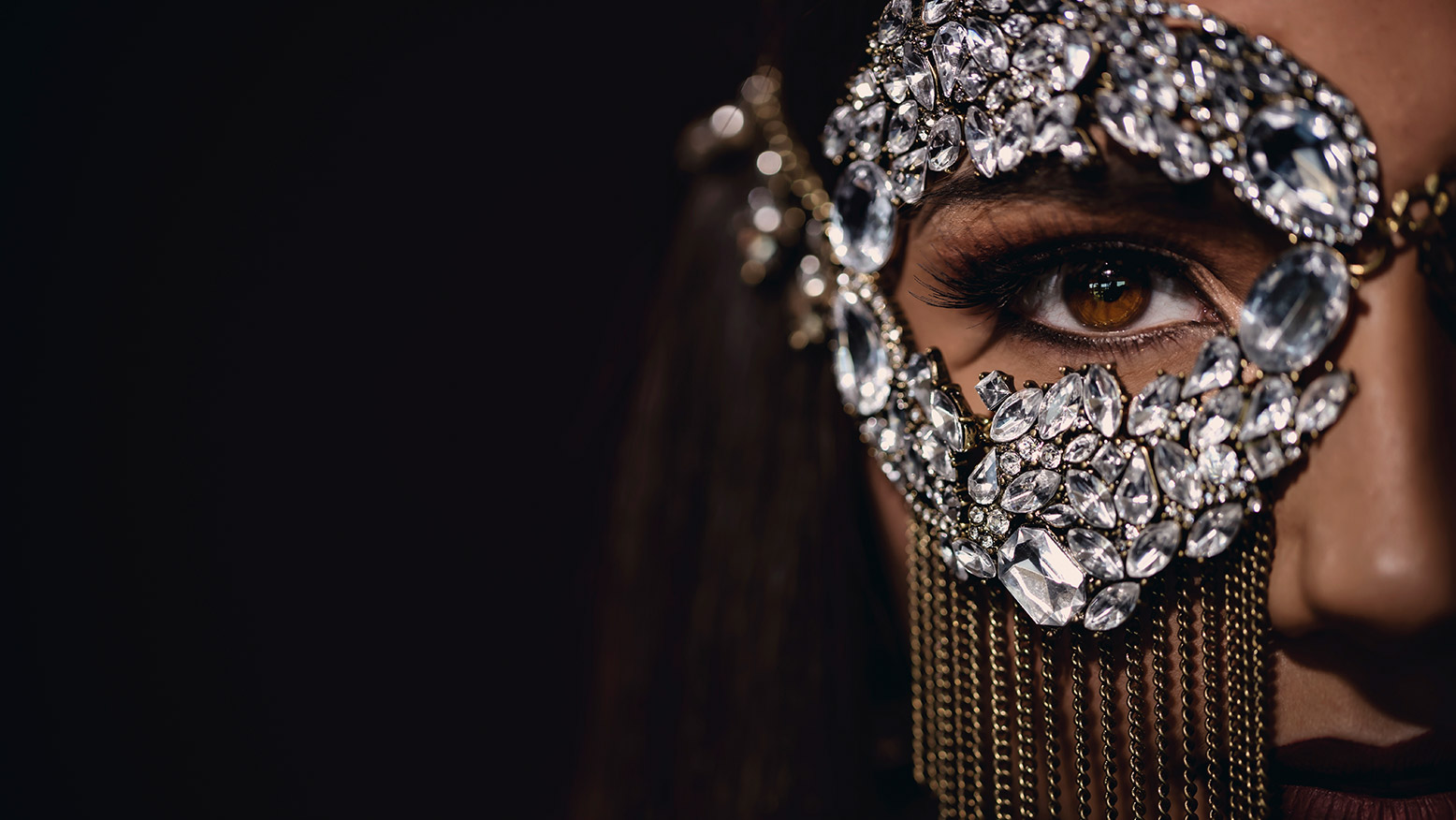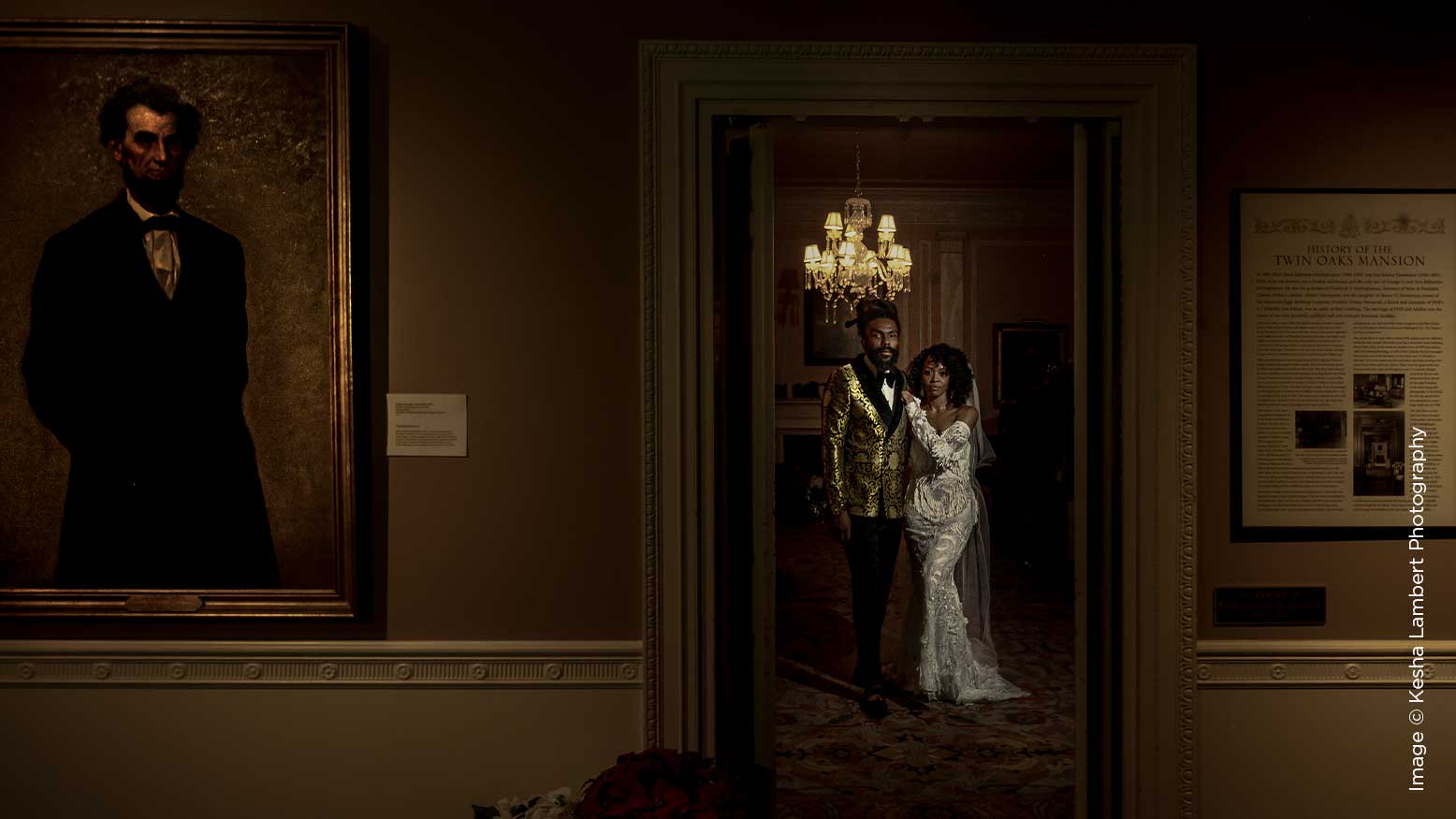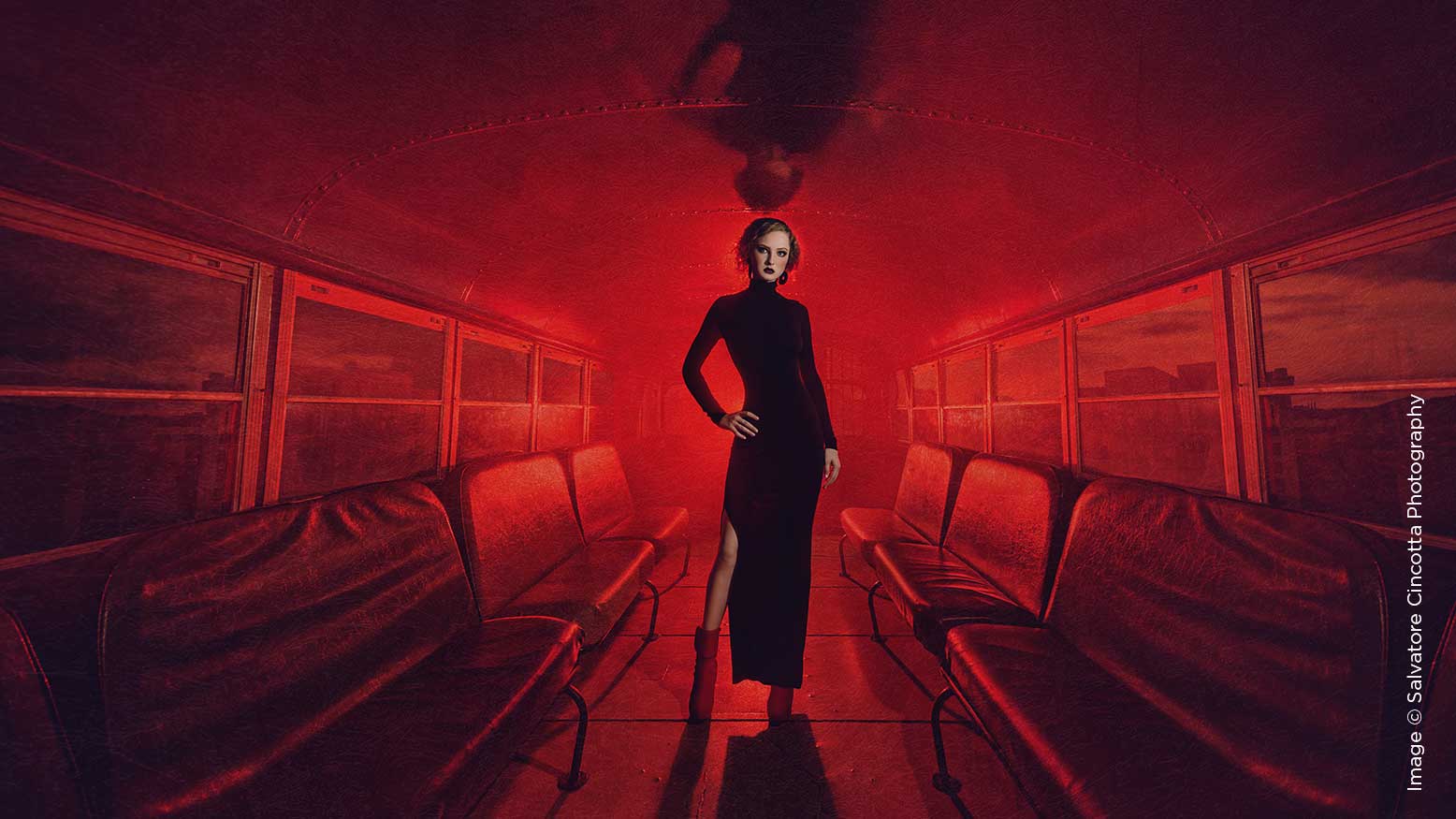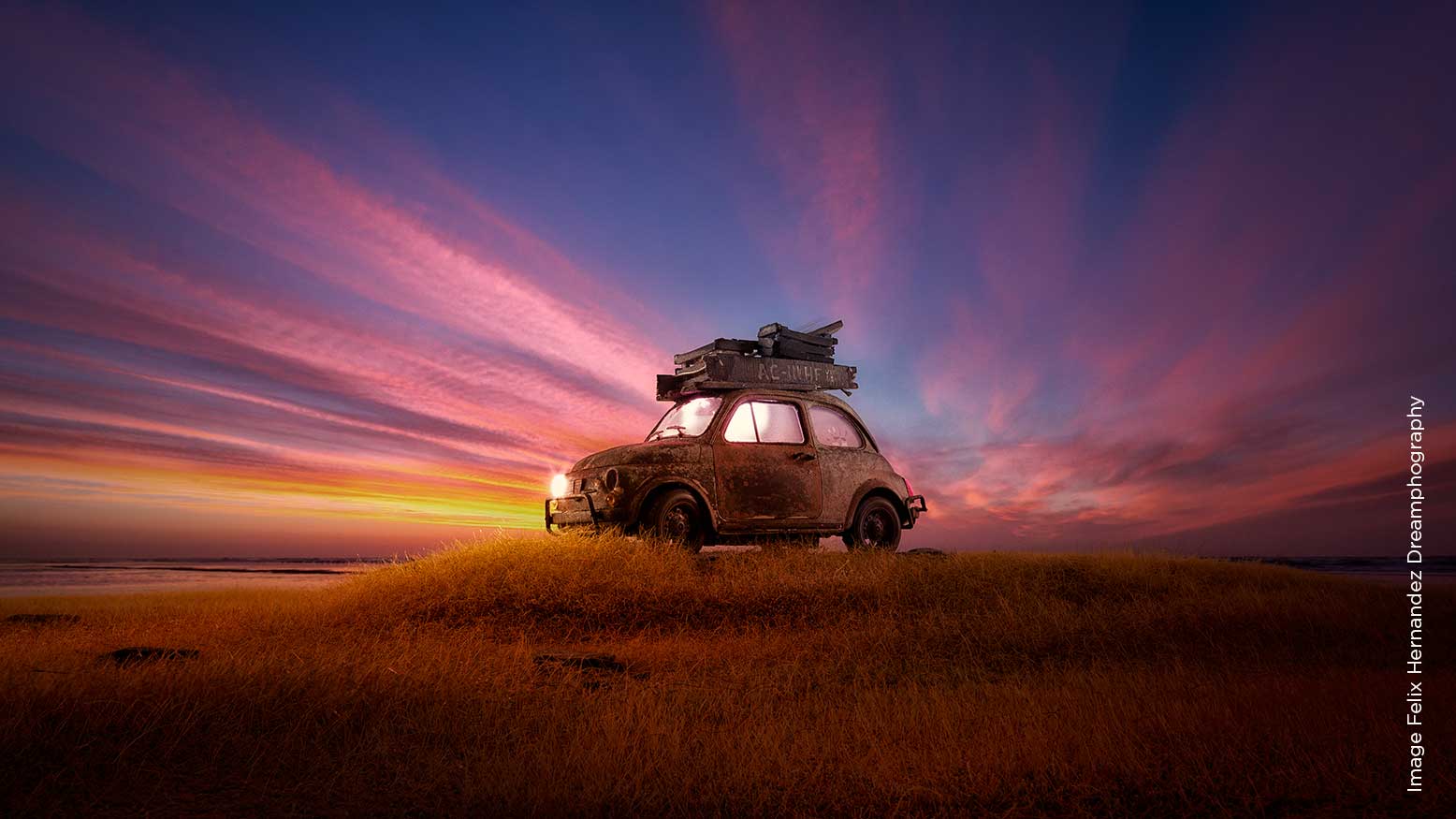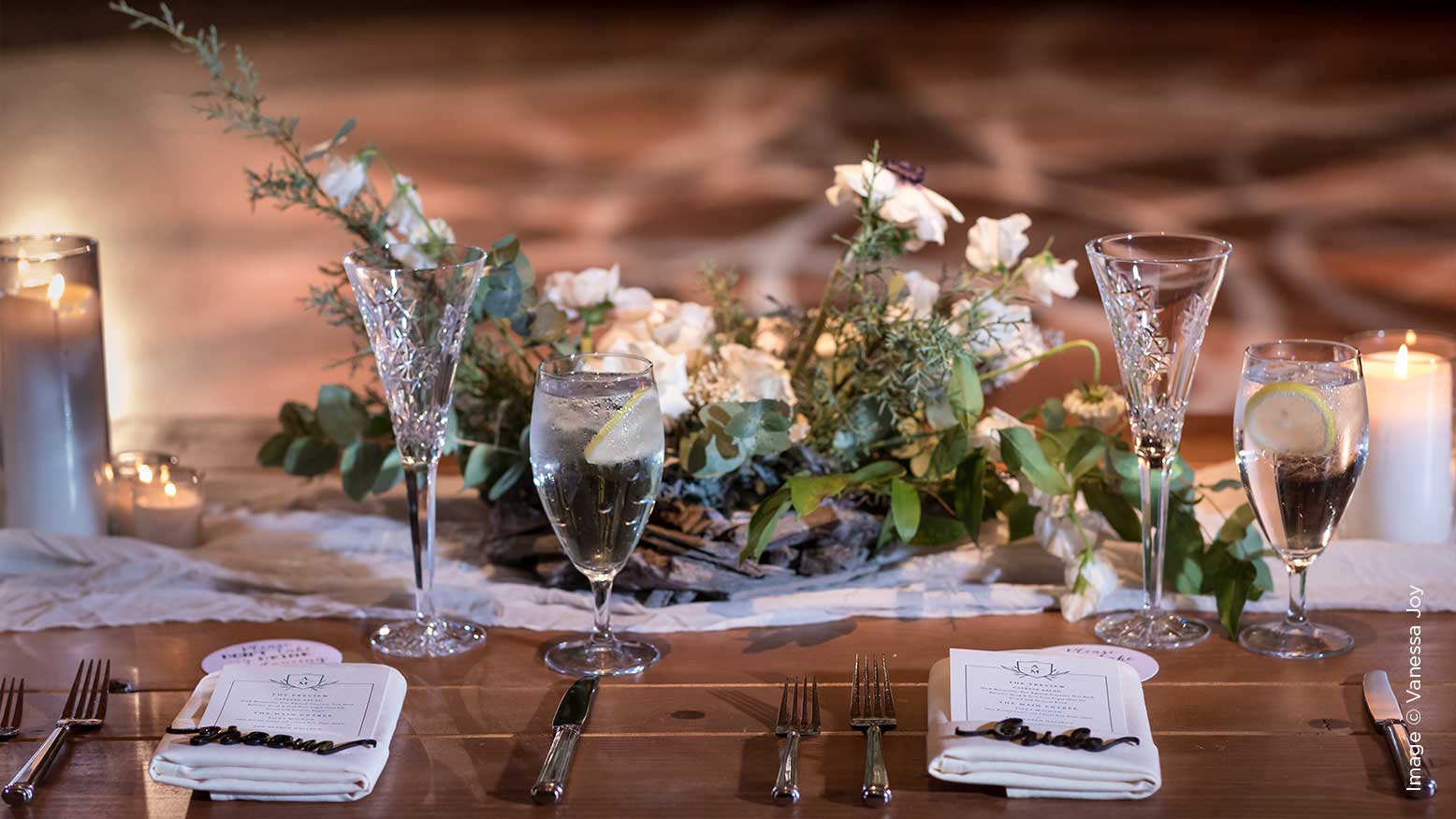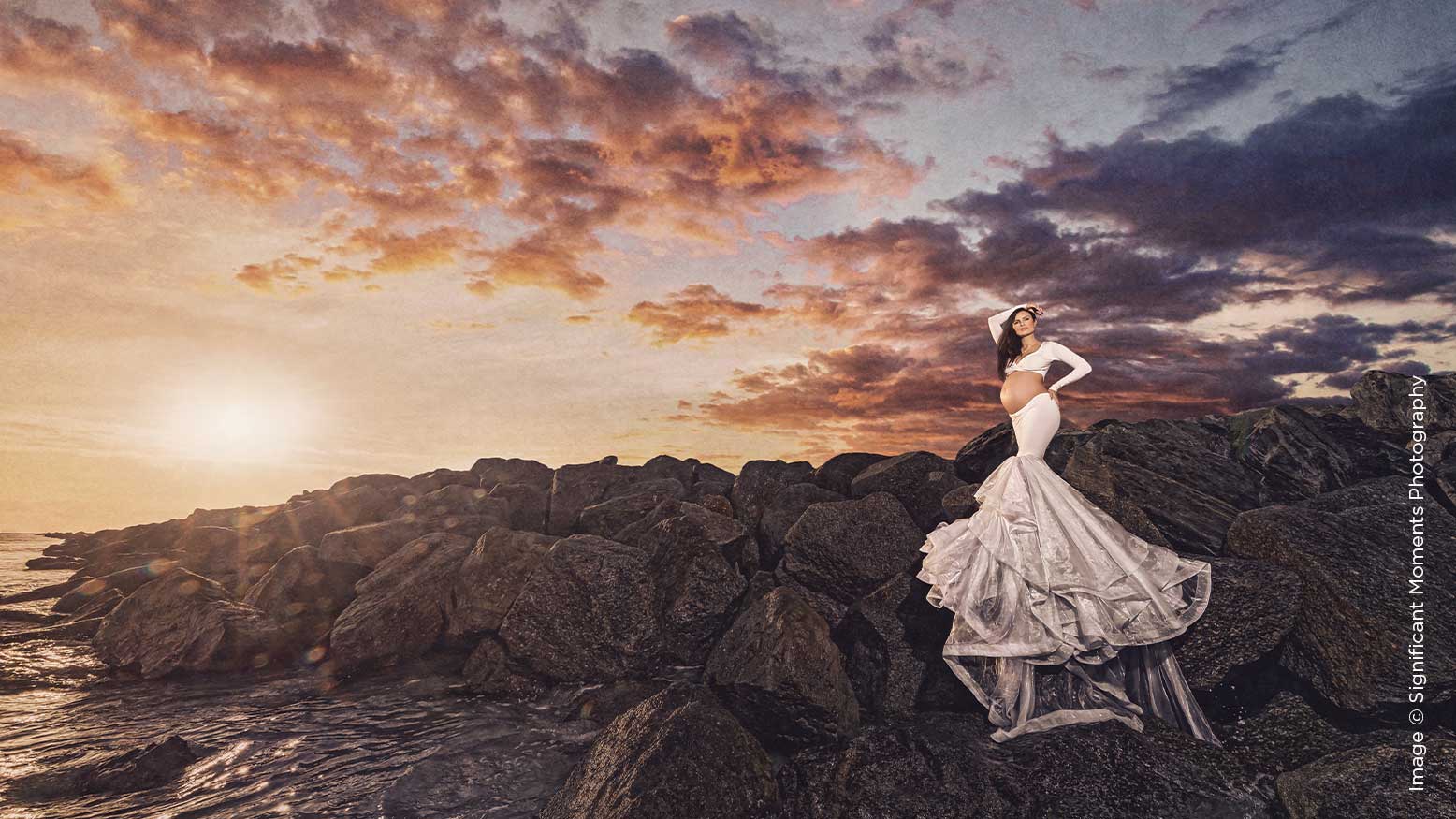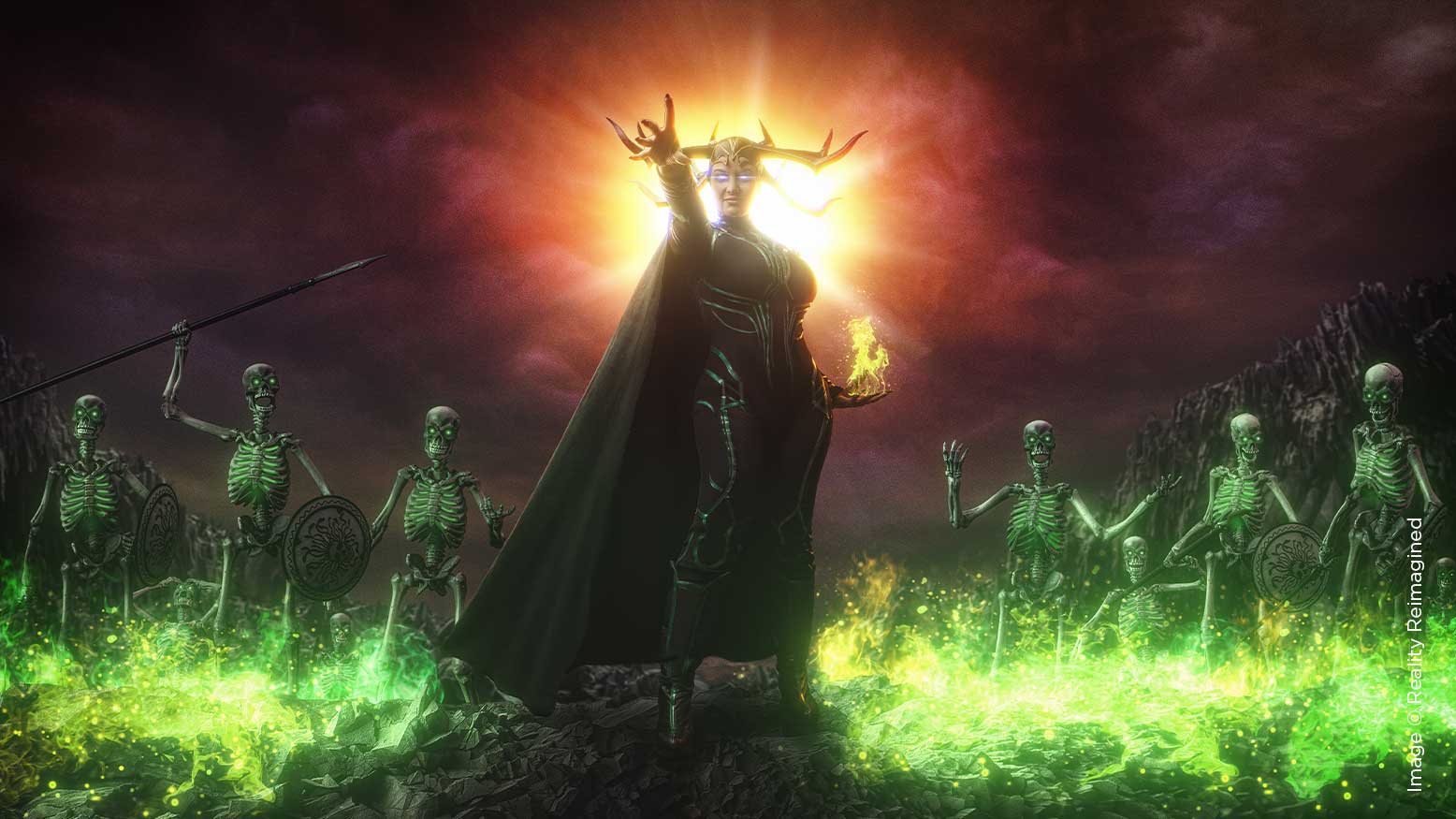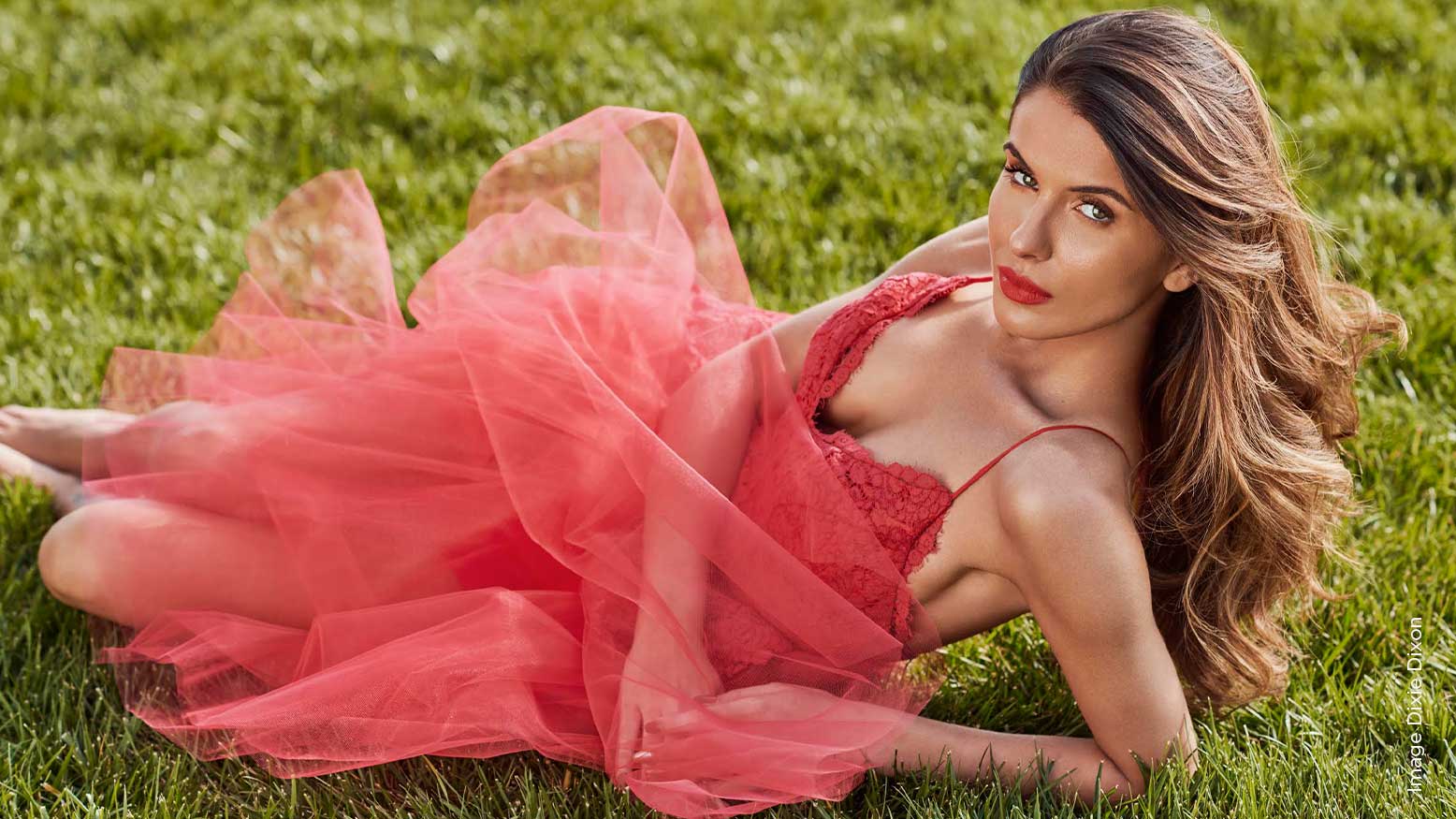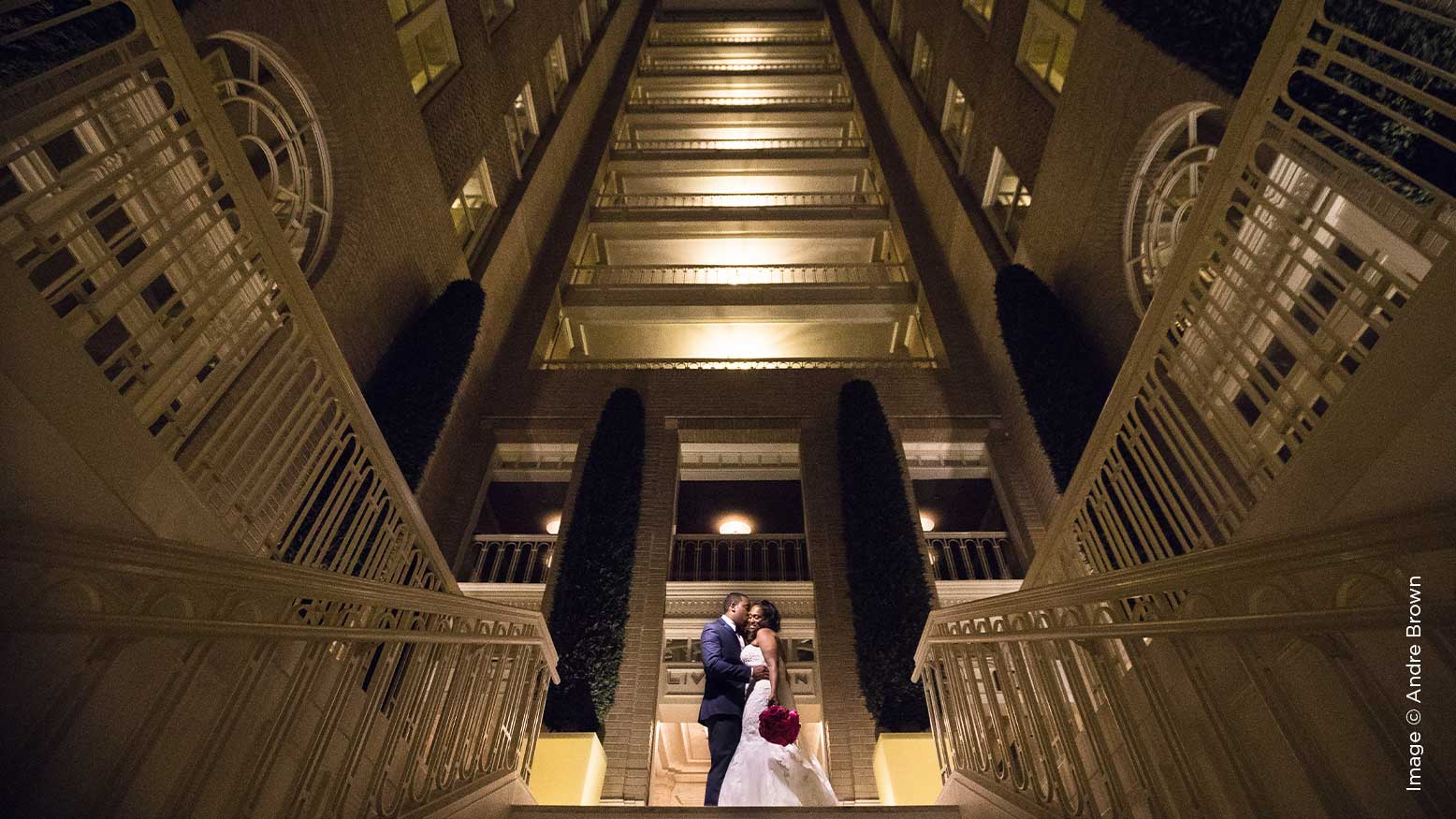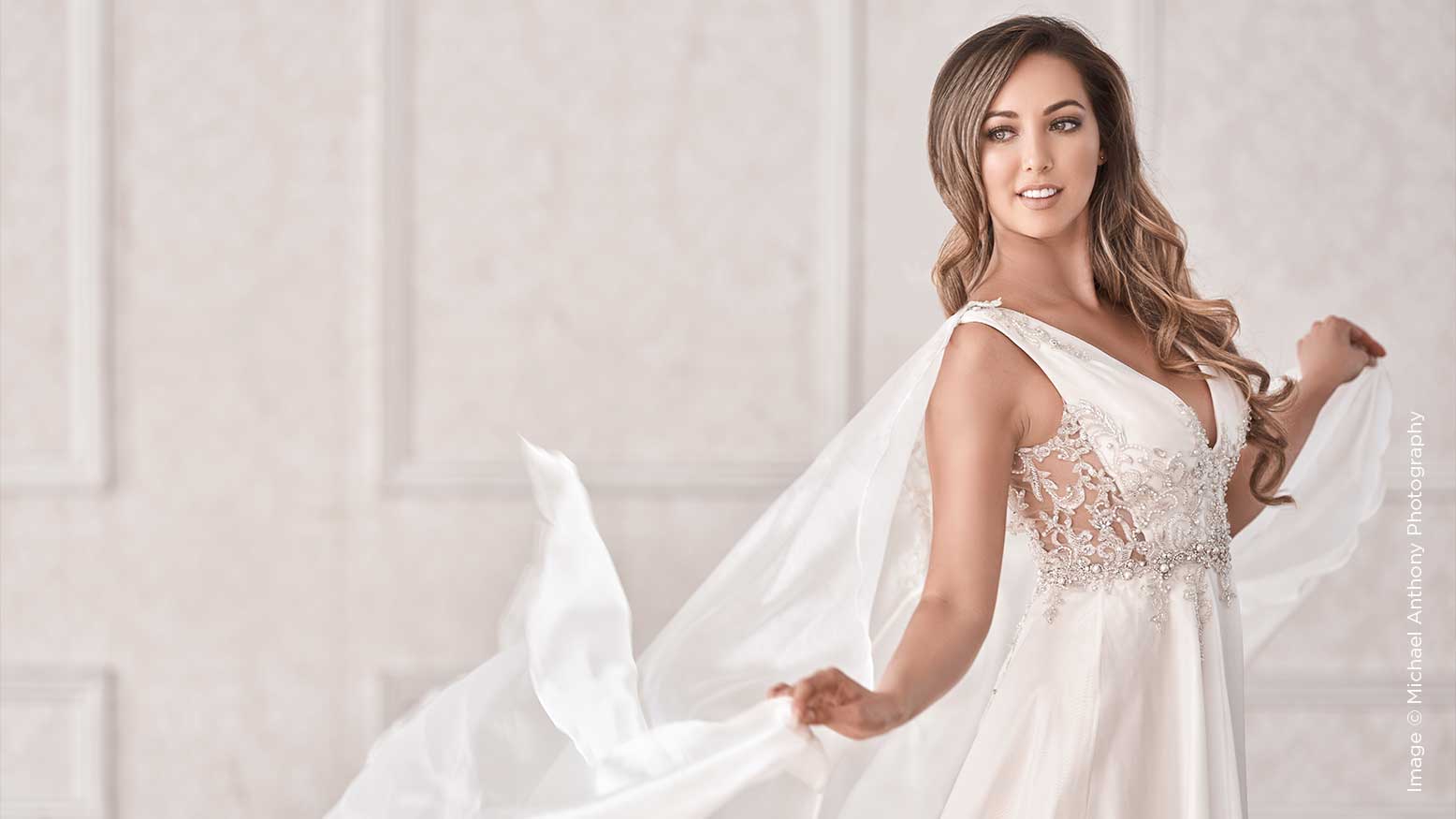Light Shaping Tools: Hands-on with the Profoto B10 & OCF accessories
I am excited to announce the new Profoto OCF light shaping tools. Barn doors, grids, gels and snoots made with magnetic attachments are now available for your Profoto B10 lighting system. Now you have the flexibility to expand your lighting system—and your creativity.

